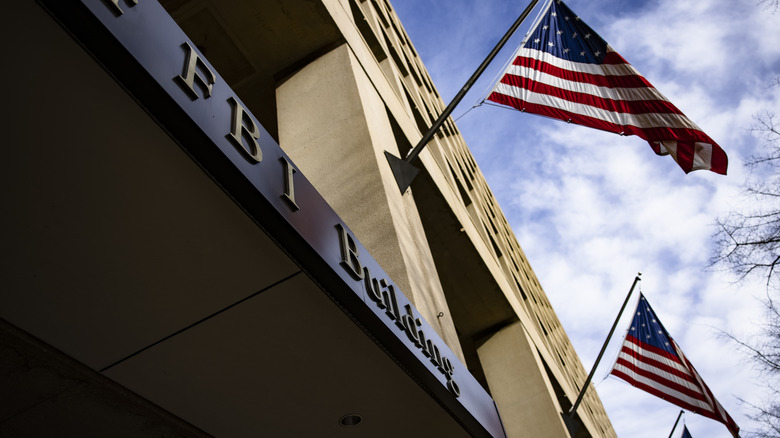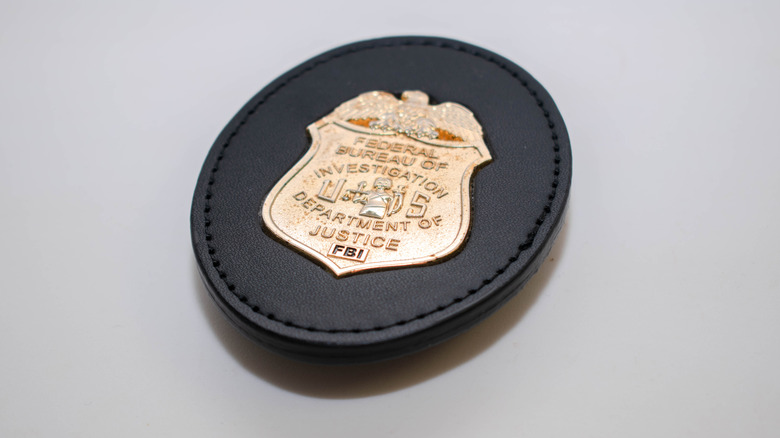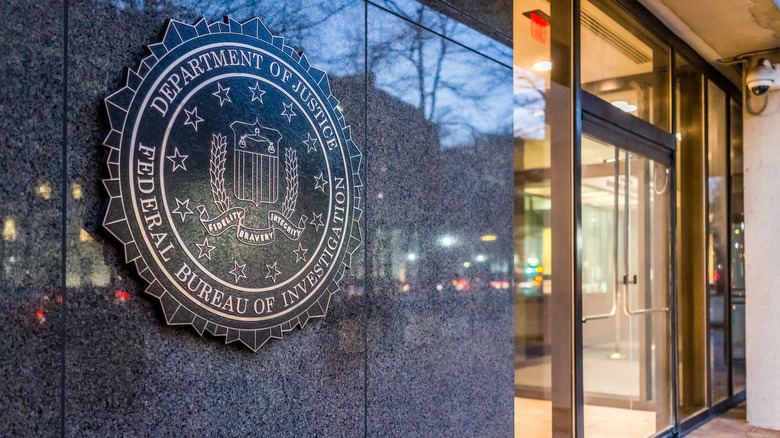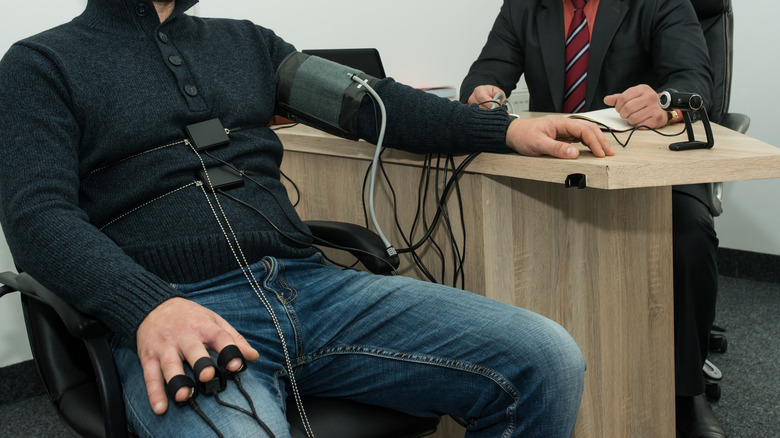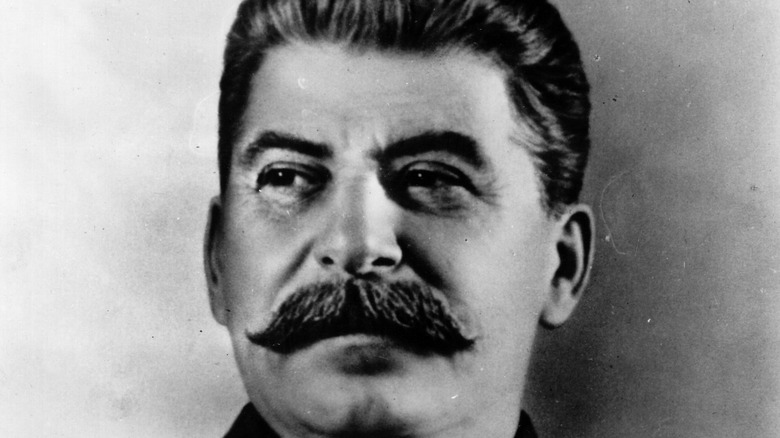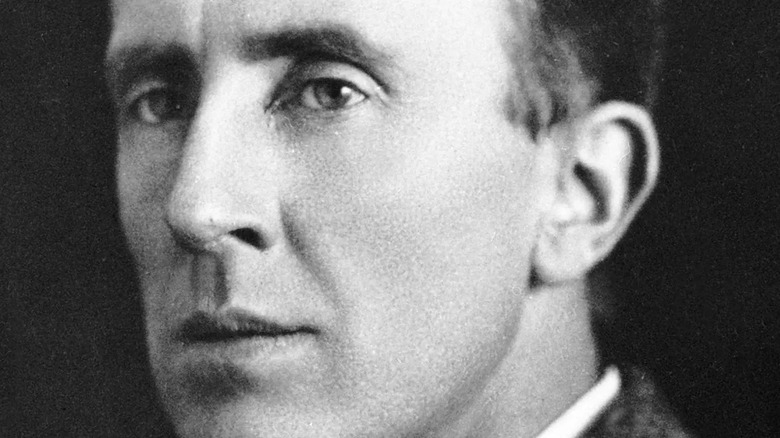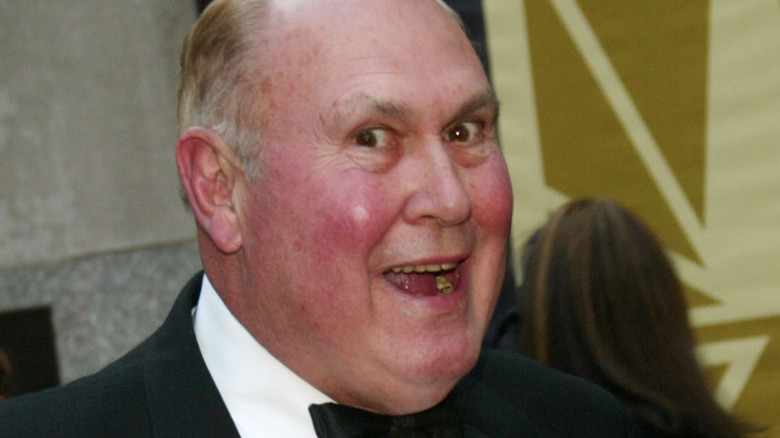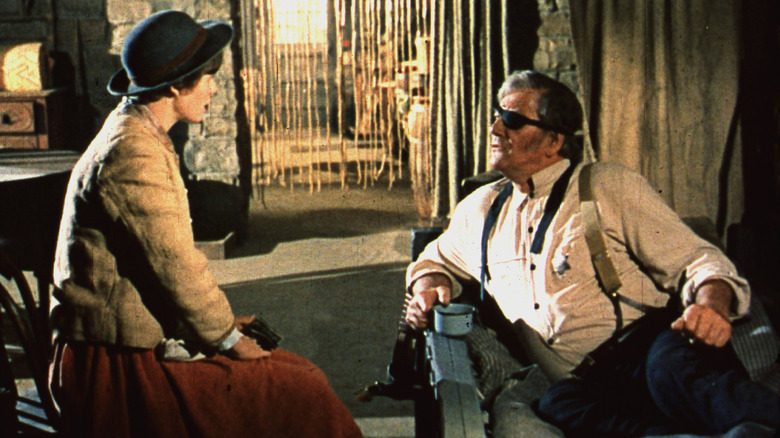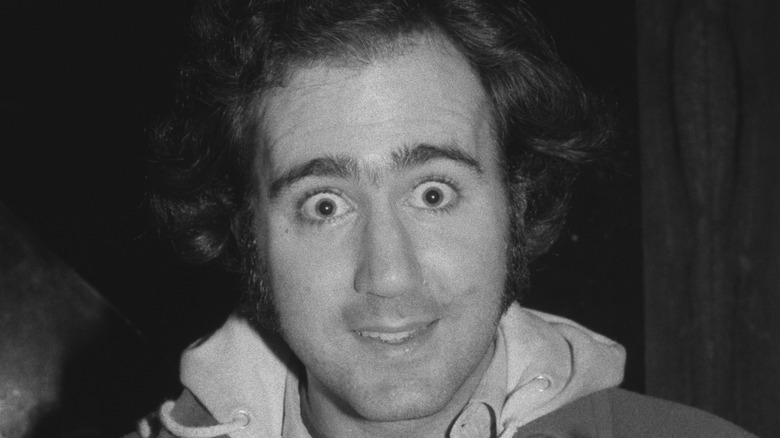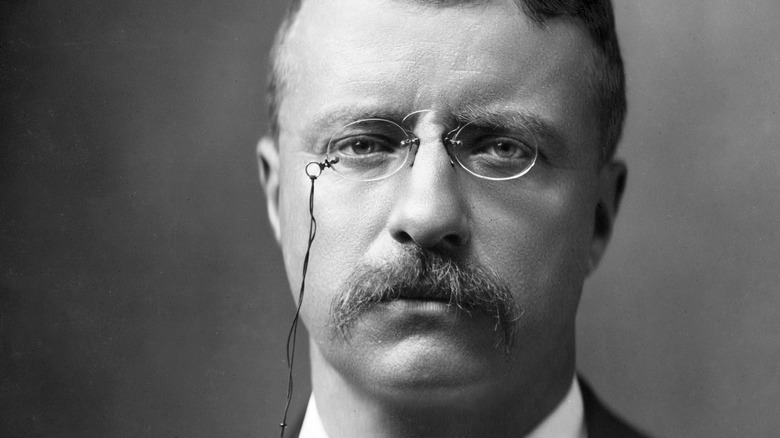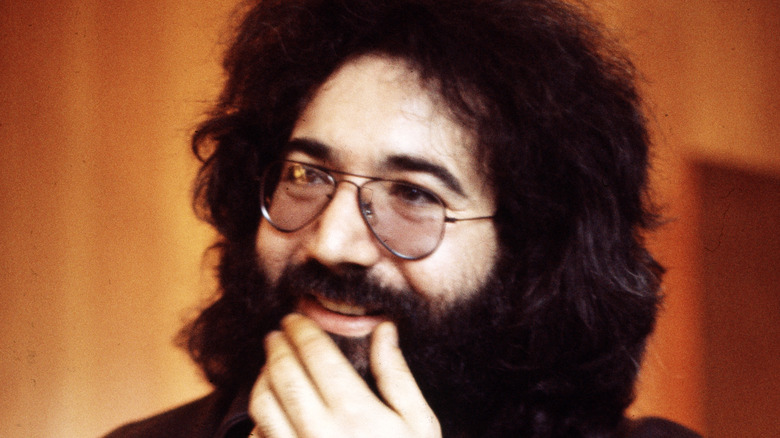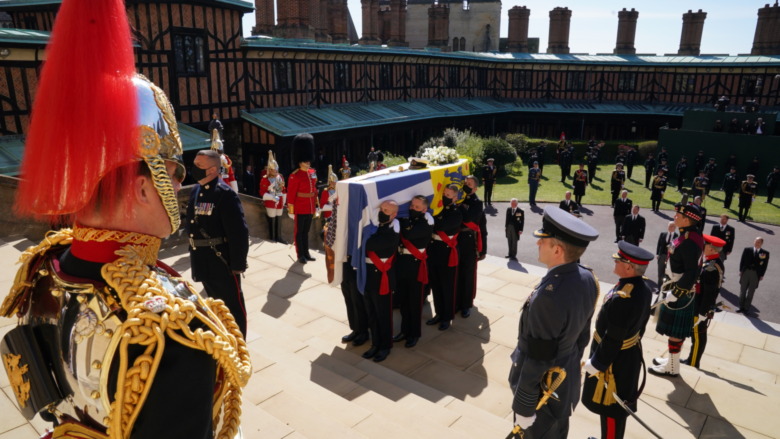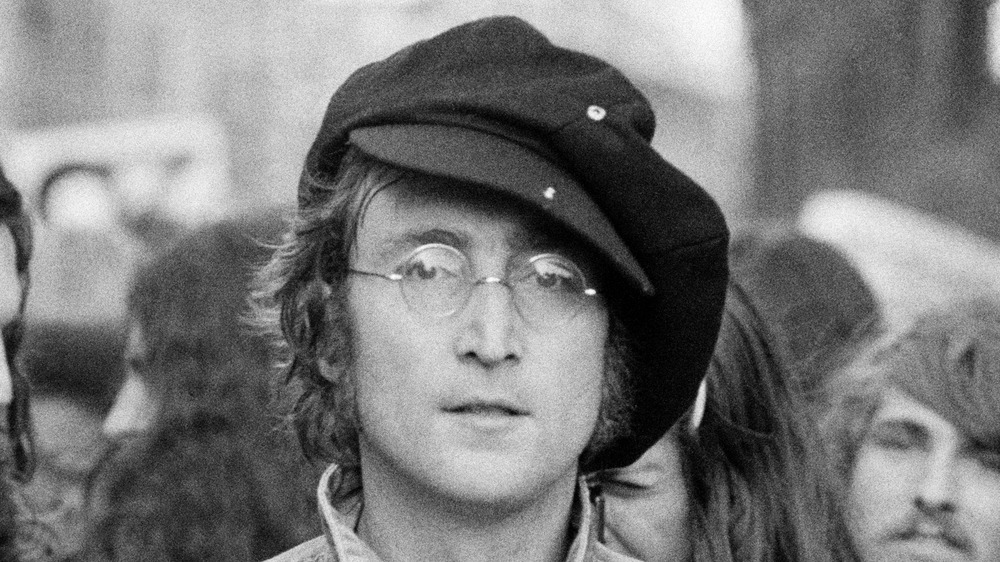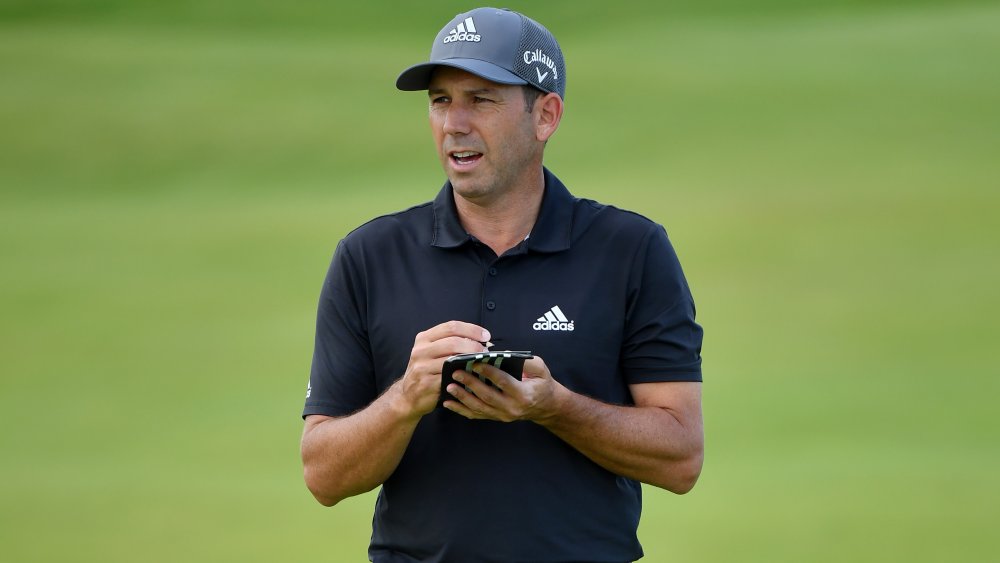
Mark Putnam: The First FBI Agent Convicted Of Murder
The FBI has been responsible for the deaths of countless people since its inception, including noted Black activist Fred Hampton. But in 1990, Special Agent Mark Putnam became the very first FBI agent to be charged with and convicted of murder. And this wasn’t murder in the line of duty — this was a crime of passion.
According to The New York Post, Putnam was so wracked with guilt that he felt compelled to confess. As a result, his confession is assumed to be an honest retelling of events. But only Susan Smith and Mark Putnam know what happened on June 8, 1989, and unfortunately, Smith isn’t around to corroborate Putnam’s side of the story. And by his own admission, Putnam is the only person responsible for that.
Putnam reportedly confessed because he got overwhelmed with the guilt. But this narrative of being stricken with guilt ultimately plays into the idea that Putnam is a noble man who “snapped” because a woman pushed him too far and was so remorseful that he felt compelled to confess. It took Putnam a year to admit that he was responsible for Smith’s murder, and even then, it occurred after he failed a polygraph test. His decision to confess likely wasn’t just remorse; he appears to have realized that he’d finally been caught.
But what was the relationship between Smith and Putnam, and how did it get to a point where he felt compelled to choke her to death? This is the story of Mark Putnam: The first FBI agent convicted of murder.
Early life of Mark Putnam
Mark Steven Putnam was born on July 4, 1959, in Coventry, Connecticut, to Barbara and Walter. Putnam was the oldest of three children, and while Barbara worked taking care of the children, Walter worked as a truck driver for Sears, according to “The FBI Killer” by Aphrodite Jones. Growing up, Putnam was described as an overachiever, and when it came to sports, he was “highly competitive” and would stop at nothing to win the game. But when he wasn’t playing sports, Putnam became more introverted and was “extremely shy and private.”
In “The FBI Encyclopedia,” Michael Newton writes that Putnam graduated from the University of Tampa as a B-average student majoring in criminology. While there, Putnam was reportedly the same type of person he’d been throughout his youth, exhibiting “aggression in sports and in class but extreme caution about divulging information about his private affairs,” Jones writes.
During his time in college, Putnam mentioned to his soccer coach that he dreamed of being an FBI agent. And in August 1982, Putnam got one step closer to his goal when he became a clerk at the FBI’s Connecticut headquarters office.
Joining the FBI
Initially, Mark Putnam didn’t stand out at the FBI. Working as a telephone switchboard operator during night shifts and weekends, Jones writes in “The FBI Killer” that Mark rarely talked to his superiors and exchanged only polite and casual greetings if he did. But Mark consistently put in extra time and set his sights on becoming an FBI agent.
Mark married Kathy Ponticelli, who was the “daughter of a wealthy real estate developer.” And afterward, Kathy Putnam gave birth to the pair’s first child, Danielle. During this time, Mark continued working at his clerical position at the FBI, and at the beginning of 1986, he took the entrance exam for the FBI Academy. According to Jones, “going from a clerical position to being a special agent is rare, but Putnam was determined to beat the odds.”
In mid-1986, Mark learned that he’d been accepted into the FBI Academy, and on October 6, 1986, he graduated and was finally rewarded with the gold FBI badge he’d long dreamed of obtaining.
Mark Putnam's assignment to Pikeville
Initially, Mark Putnam was assigned to the Louisville office in Kentucky, and Kathy Putnam had already started looking for houses in the area. But in February 1987, Mark was given his first assignment, and instead of being in the bigger main office, he was reassigned to a two-man office in Pikeville, Kentucky, per “The FBI Killer.”
By the time Mark and Kathy moved to Pikeville, she was pregnant with their second child. And according to “The FBI Encyclopedia,” she hated their new location and “soon began demanding that he seek a transfer.” But Mark, far from being deterred, instead put all of his energy into his new position, convinced that the best way to get a promotion was to “compile an impressive arrest record.”
In “Above Suspicion,” Joe Sharkey writes that before long, Mark amassed a network of informants and started thinking of himself as a “streetwise crime-fighter who was living the life that he had always dreamed about.” And after $18,000 in cash was stolen from a bank in Kentucky, Mark set his sights on the suspect, Carl Edwards “Cats Eyes” Lockhart, The New York Post writes.
Going After Carl Edwards 'Cat Eyes' Lockhart
While Mark Putnam always wanted to be an FBI agent, Carl Edwards “Cats Eyes” Lockhart said that he wanted to be a bank robber ever since he was a child, Joe Sharkey writes in “Above Suspicion.” And in 1980, Lockhart achieved his own dream after stealing $300,000 from a bank in Grundy, Virginia. Although Lockhart managed to spend all of the $300,000 over the course of a “wild three-month spree” with his friend, they were arrested after returning home when their money ran out.
When Putnam arrived in 1987, Lockhart was being released from prison after serving seven years out of his 18-year sentence. And although he was still on probation for robbing a bank, Putnam believed that Lockhart immediately went back to his old profession upon being released from prison. After being paroled, Lockhart and his girlfriend Sherri Justice rented a room from Kenneth and Susan Smith — a divorced couple who maintained the same residence with their two children. Hoping to expand his web of informants, Putnam set up a meeting with Kenneth and Susan in order to convince them to cooperate in the case against Lockhart, according to “The FBI Encyclopedia.”
Who was Susan Smith?
Susan Daniels Smith was born in Matewan, West Virginia, in 1961, but soon after her birth, her family moved to Freeburn, Kentucky. Susan grew up and attended school there until the 7th grade, when she was forced to drop out due to her family’s financial insecurity, according to The Cinemaholic. Within five years of dropping out of school, at the age of 15, she met 22-year old Kenneth Smith, and the two of them began dating. Kenneth was a drug dealer when the two of them met, and soon they were using drugs together. Susan and Kenneth married in the late 1970s and would have two children together before divorcing. But after getting a divorce, Susan and Kenneth continued living together.
Mark Putnam initially approached Kenneth about being an informant. But according to “Above Suspicion,” Kenneth came into the meeting with a list of demands for Putnam, asking for a weekly salary in addition to being given protective custody and having his probation removed. After Kenneth’s parole officer informed Putnam he was “totally unreliable,” Putnam approached Susan to be an informant. The move was based on the suggestion of Bert Hatfield — the part-time cop who initially suggested Kenneth as an informant.
At the time, Susan was addicted to recreational pills, and with two children under 7 years old to take care of, she definitely needed the extra cash that Putnam was offering, Carol Anne Davis writes in “Masking Evil.”
If you or anyone you know is struggling with addiction issues, help is available. Visit theSubstance Abuse and Mental Health Services Administration websiteor contact SAMHSA’s National Helpline at 1-800-662-HELP (4357).
Working with Susan Smith
After Mark Putnam was able to gain Susan Smith’s trust, they started meeting two to three times every week. And according to “Above Suspicion,” there was a lot of money to be given out to informants. Once an informant was approved, FBI agents were allotted $5,000 “to be distributed at the agent’s discretion.” And once that $5,000 was used, there wasn’t really any upper limit.
The information provided by Smith ended up leading to the FBI’s apprehension of Carl Edwards “Cat Eyes” Lockhart by the end of 1987 after she told Putnam that the target had ski masks and sawed-off shotguns at her home, The New York Post writes. And some sources claim that Smith got the full $5,000 from Putnam for her information and cooperation during the trial. However, “The FBI Encyclopedia” notes that Smith remained on the FBI payroll even after Lockhart’s trial.
It’s not clear exactly when Smith and Putnam’s relationship went from professional to sexual, but sometime in 1988, they started sleeping together. Putnam would later claim that they only had sex five times over a two-week period and only in his car. But according to “Fatal Deceptions” by Joe Sharkey, Smith claimed that their affair lasted two years and wasn’t limited to simply getting busy in the back seat. At the end of the day, Smith and Putnam are the only ones who truly know how long the affair lasted, and it’s impossible to know which one of them was telling the truth.
Mark Putnam pulls away
While Mark Putnam and Susan Smith were working together, she started hanging around the courthouse looking for him. Although he wasn’t often there, Smith built up a rapport with the officers in the probation and marshal’s divisions, according to Joe Sharkey. Smith also built up a relationship with Kathy Putnam, and the two of them often spoke on the phone for hours on end.
Meanwhile, “The FBI Encyclopedia” writes that Mark continued establishing himself as a productive agent for the Bureau. In addition to solving another bank robbery, Mark was responsible for closing down a stolen car shop. According to The Mountain Eagle, Mark’s involvement in the raid of McRoberts’ junkyard was well known to the residents of Letcher County.
And by early 1989, Mark started to pull away from Smith and stopped using her as an informant. In an effort to get transferred, Mark also claimed that he and his family had received bomb threats. Whether or not these claims played into the decision, Mark was transferred to Miami, Florida in 1989.
A brief return to Pikeville
Although Mark Putnam was now based in Miami, Florida, he returned to Pikeville in the summer of 1989 to tie up a car theft case that he had been working on. According to The Cinemaholic, Putnam met up with Smith once more for what would be the last time. There are various accounts as to whether he approached her first or she approached him first. Regardless, the two of them got together at some point, and Putnam took them for a drive.
The two of them reportedly drove up to Peter Creek Mountain on June 8, 1989, where Smith informed Putnam that she was pregnant and asked for financial support. The New York Post reports that Putnam instead stated that after getting a paternity test, he and his wife would adopt the child. Smith and Putnam’s verbal argument turned physical, and he ended up strangling her. According to Monsters & Critics, Putnam later claimed that “he snapped because Susan was threatening to tell his wife about the affair.”
News Chant reports that Putnam put Smith’s body in the trunk of his car. After leaving it there for a day while he drove around, Putnam left the body by an old coal mining road the following evening. On June 16, Smith’s sister Shelby Ward filed a missing person report after failing to find Smith.
Trying to find Susan Smith's killer
In the initial investigation of Susan Smith’s disappearance, police focused on Kenneth Smith and his acquaintances. But before long, Mark Putnam started to look more and more like a potential suspect, according to Monsters & Critics. Shelby Ward told investigators that when she last spoke to her sister, Smith was waiting for Putnam to drive her home, The Mountain Eagle reports. And before long, police were using their own informants to piece together the story, especially after the revelation that one of them was staying in the same motel as Putnam the very night that Smith disappeared.
Putnam was given a polygraph test, which is also known as a lie detector test. After failing, he confessed to Smith’s murder on June 4, 1990, and told police where to find her body. Per Associated Press, prosecutor John Paul Runyon said that without Putnam’s confession, Pike County prosecutors had “absolutely no evidence. Not one scintilla or shred of evidence to bring a charge or convict this man.” Even the polygraph test wasn’t admissible in court.
Runyon, the Pike County commonwealth’s attorney at the time, added that in his almost 30 years as a prosecutor, this was the first time that they encountered someone who wanted to confess to a homicide while the prosecution had absolutely no evidence.
Mark Putnam's plea hearing
On June 13, 1990, Mark Putnam pled guilty to choking Susan Smith to death and told investigators where they could find her body — almost exactly one year after her murder. According to the Associated Press, what made the case novel was that it was “apparently the first case in FBI history in which an agent had been charged with a homicide.” This was also apparently the first time that an FBI agent was actually convicted of murder.
Nevertheless, Smith’s family was outraged at the fact that no one had talked to them about the drafting of the plea bargain, and they’d hoped to see Putnam stand trial for murder. Shelby Ward was so incensed that she tried to conceal and carry a .38-caliber handgun into the courtroom, though it’s unclear if she in fact planned on murdering Putnam since she said she forgot that she had the gun.
With his plea deal, Putnam was sentenced to 16 years imprisonment for murder.
What happened to Mark Putnam?
Due to good behavior, Mark Putnam was released from prison in 2000 after serving 10 years out of his 16-year sentence. According to Joe Sharkey, during his time in prison, Mark was described as a “model inmate.”
Two years before Mark was released from prison, his wife Kathy Putnam died suddenly from organ failure at the age of 38. According to The New York Post, the cause was likely from her alleged alcoholism. Later, the medical examiner found that Kathy died due to a combination of pancreatitis and hepatic steatosis, according to the Journal Inquirer.
Mark remained close with Kathy’s parents, even after her death. Kathy’s mother Carol claimed that what happened to Susan was simply “a crime of passion.” Meanwhile, Mark relocated to Georgia after being released from prison. He now reportedly works as a physical trainer and has remarried.
Was it really just about the affair?
Although Mark Putnam claimed that he murdered Susan Smith because she threatened to tell his wife about their affair and her pregnancy, Smith’s sister Shelby Ward remains convinced that this wasn’t the only reason she was murdered. According to the Tampa Bay Times, Ward claimed that FBI Agent Ron Poole, Putnam’s superior, not only knew about Smith’s pregnancy but also disclosed to Smith information about Putnam’s “alleged illicit activities.” “He said he knew some things on Mark Putnam that was awful … furnishing informants with guns and drugs,” Ward said. “Susan, too […] There’s a lot of things I’ve not told the press … things that my sister told me.”
According to the Los Angeles Times, medical examiners claimed that they were unable to find “any trace of a fetus” during an autopsy on Smith, who was reportedly four months pregnant. This raises the question of whether or not Smith was ever pregnant, or if there would be any reason for others to try to disprove her pregnancy. While some claim that Putnam confessed to draw attention away from something worse, his brother insists that he simply “just couldn’t bear the guilt.”

Things Renaissance Fairs Get Right And Wrong About History

False Things You Believe About The Greatest Generation

The Stunning Story Of The American Who Joined The Chinese Mafia
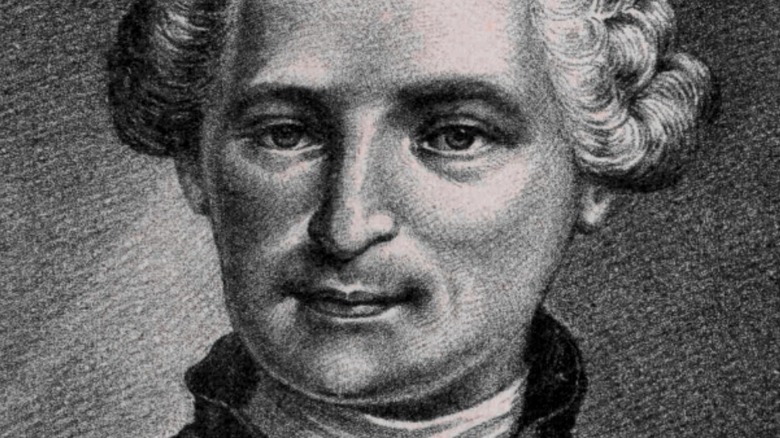
The Bizarre True Story Of The Count Of Saint Germain
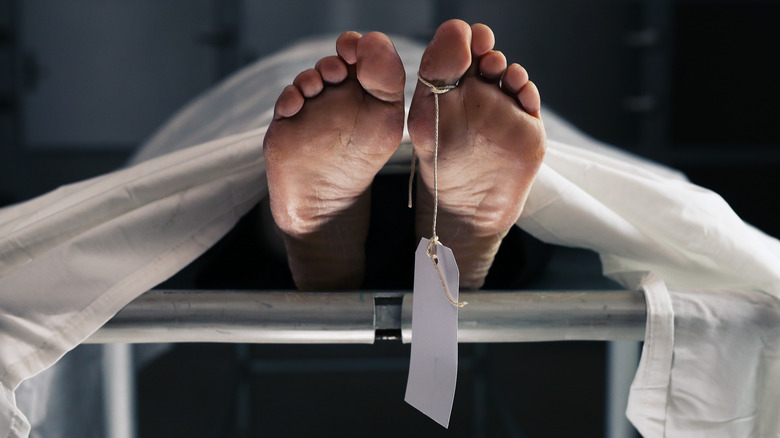
Disturbing Details Found In The Heaven's Gate Victims' Autopsy Reports

Disturbing Details Discovered In Marilyn Monroe's Autopsy Report

Secrets The Olympics Doesn't Want You To Know
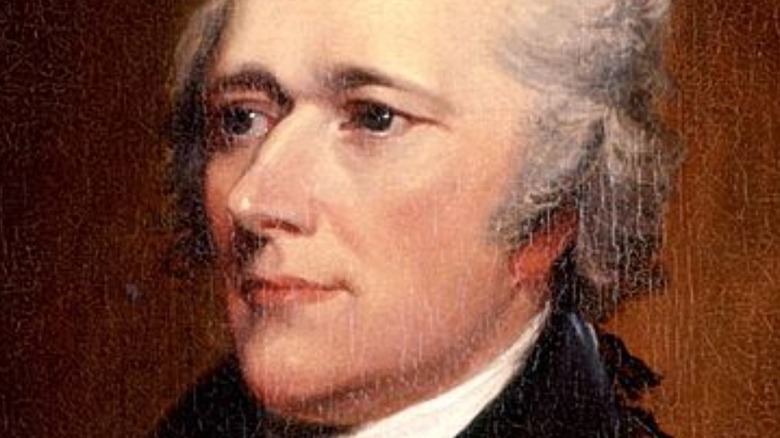
A Look At Alexander Hamilton's Unstable Childhood

Steve Jobs' Relationship With Bill Gates Explained

The Real Reasons The French Revolution Began
